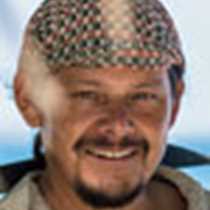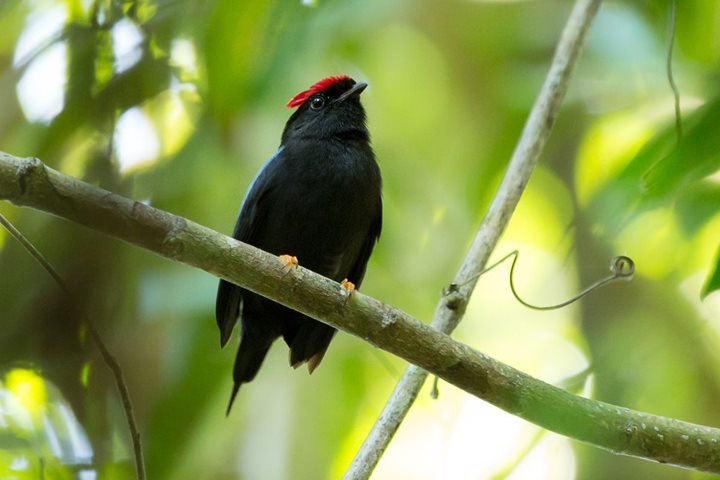National Geographic Sea Lion anchored in front of Manuel Antonio National Park. Before breakfast some of our guests went to the bridge to join in some exercises with our wellness coordinator.
Manuel Antonio National Park is the smallest national park in Costa Rica, and was founded in 1972. Within 4,014 acres. It is considered an island because it is surrounded by palm oil and rice plantations. This oasis concentrates 109 mid-sized mammals typically found in this region, as well as three species of monkeys The biggest part of the park is protected from the surrounding waters and because of that, 184 species of birds—many of them water birds—find shelter and food in the area.
At 7:00 a.m. disembarkation began. Some guests decided to walk up to Punta Catedral and the brand new trails of Las Gemelas, while some others joined the walks towards the Sloth Valley trail. While our walk yielded us a couple of pale-billed woodpeckers, agoutis, sloths, and white-faced capuchin monkeys, some other guests had the chance to also see several reptiles, such as the Central American whiptail, black iguana, and anolis lizard.
After our morning explorations, we all gathered once again either for a refreshing time on the warm waters of Manuel Antonio or to sit and enjoy the refreshing breeze under the shade of a Guacalillo tree. This time the overcast skies maintained the temperature in comfortable levels.
At lunch time all guests came back aboard the ship, and afterwards there was free time to enjoy a well-deserved “siesta.” Early in the afternoon, guests had the opportunity to come back to the beach and spend the rest of the day swimming, floating, or exploring the trails of the park a bit more. Just from our station a troop of white-faced capuchin monkeys passed by, as well as crab-eating raccoons, which offered another opportunity for nature photography.
At 4:00 p.m. the last expedition landing craft left the beach of Manuel Antonio under a refreshing rain. National Geographic Sea Lion lifted anchor and sailed towards Corcovado National Park. Once leaving the area, the tropical transitional forest of Manuel Antonio timidly showed its exuberant face, crowned by some fog, bringing us back to already forgotten times.








